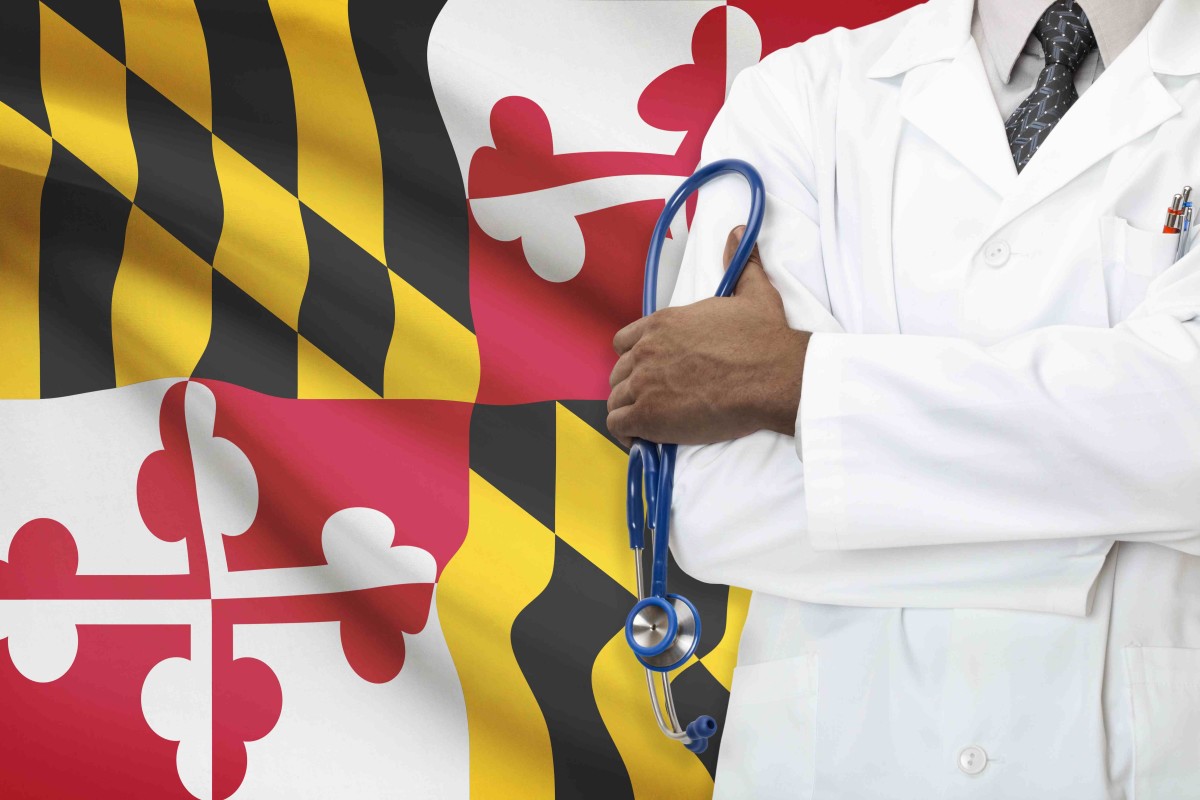Disruption is coming for the big, regulated industries that were once investment no-nos: education, energy, healthcare and the sciences. And that’s good news for Baltimore.
At least two big trends are causing a flood of interest in these more complicated sectors.
“Industries that are easier to disrupt have been taken on,” said Patrick Dougherty, an economist with the Economic Alliance of Greater Baltimore. “We don’t need another taxi app.”
And these “hairier sectors,” as Dougherty called them, are just too big to ignore any longer as established companies shift budgets once meant for research and development toward mergers and acquisitions, said Dr. Christopher W. Kersey, a managing member at Camden Partners, the downtown private equity firm that is establishing a seed-stage practice.
“Maryland has all the resources that entrepreneurs need” to commercialize technology and launch sciences companies, said Diane Ma, the founder of data analysis firm Hippocampus Analytics. “Now we need to do it.”
And how to do it became the spine of a conversation that spanned two events last week at the BioPark during Baltimore Innovation Week. First, in a private roundtable over lunch, two dozen leaders in the region’s health, science and commercialized technology sectors discussed the region’s status. Next, before four health startup pitches, a panel of experts pushed the conversation further during Switch Baltimore, a public event on the topic.
Great gathering of health and science professionals at @umbiopark #BIW15 pic.twitter.com/EjnUlW40wm
— Technically Media (@technicallym) September 28, 2015
There’s no question Maryland has a legacy of life sciences and commercialized technology successes. Camden’s Kersey rattled off some of the best known: the 2013 acquisition of Amplimmune for $500 million, the 2005 acquisition of Guilford Pharmaceuticals for $177 million and IPOs from companies like Intrexon, MacroGenics and GlycoMimetics. Look also at the early-stage companies growing here.
“But Maryland is not quite at the tipping point,” said Ted Olsen, the CEO of PathSensors.
The rapidly expanding network in the broader Baltimore tech community is vital for attracting talent and capital by clustering new energy, so “it isn’t as lonely as it once was,” said Miriam Boer, the founder and CTO of Sonify Biosciences, a small medical device company focused on melanoma.
For all the very real progress, much work is still needed to be done to patch together the still-adapting university tech commercialization programs with that fast-moving entrepreneurial community and mindset, said Nick Hammond, the assistant director of IMET, the marine research institute that has established its own incubator.
There are still three ways to bring technology developed by an academic to a wider marketplace, he said:
- House it at the university,
- Commercialize it with faculty leadership or
- Invest in experienced entrepreneurs to lead.
Most communities outside of the tech transfer “mega-centers” of Silicon Valley and Boston lag behind in the third category, he added. Some of that comes purely through gaining more experience as an ecosystem: we need to get used to going big and experiencing some failure, in the hopes of scoring some big successes.
“Because we’re all going to either succeed together or fail together,” said Boer of Sonify.
That means more events like the discussion last week, said David Wise, an adviser to the Abell Foundation, so the people in the room can help establish a healthy and efficient process.
The need for that communication became very real when cross-displinary MICA professor Ryan Hoover couldn’t help himself from interrupting when a fellow roundtable attendee began lamenting the lack of cheap lab space for small-scale experimental trials. Hoover had to remind the group that he had introduced himself as a board member of BUGSS, Baltimore’s Under Ground Science Space, which features modest, affordable and flexible lab space. Too few in the room knew the fledgling space existed.
The inevitable question of access to capital came to the fore as well. There is money in the region but famously not primed for early-stage efforts, said Nate Weiner, one of the two brother cofounders of Avhana Health.
Panelists agree: Baltimore needs to be itself, stop worrying about other cities' investing and industry ecosystems. #BIW15 #SwitchBaltimore
— Camden Partners (@CamdenPartners1) September 28, 2015
“Money travels,” said Rana Quraishi, director of the University of Maryland’s venture arm, so that can’t be an excuse to not build great companies. But more capital can mean more competition to lift up the best companies, said Chad Schneider of Root3. More entrepreneurs need to be put in front of the capital that is here, said Camden’s Kersey, because relationships matter.
“Location is local. Politics is local,” said Kersey. “And yes, funding is local.”
There is much to love here. So we need pride and awareness of the pieces of the ecosystem already in place.
“We need to do more to know what is already here,” said Wise, the Abell adviser.
Before you go...
Please consider supporting Technical.ly to keep our independent journalism strong. Unlike most business-focused media outlets, we don’t have a paywall. Instead, we count on your personal and organizational support.
Join our growing Slack community
Join 5,000 tech professionals and entrepreneurs in our community Slack today!

Entrepreneurship is changing, and so is the economic development behind it

Tech Hubs’ new $210M funding leaves Baltimore and Philly off the table

Here’s what to know before using AI to craft your brand’s social media posts


